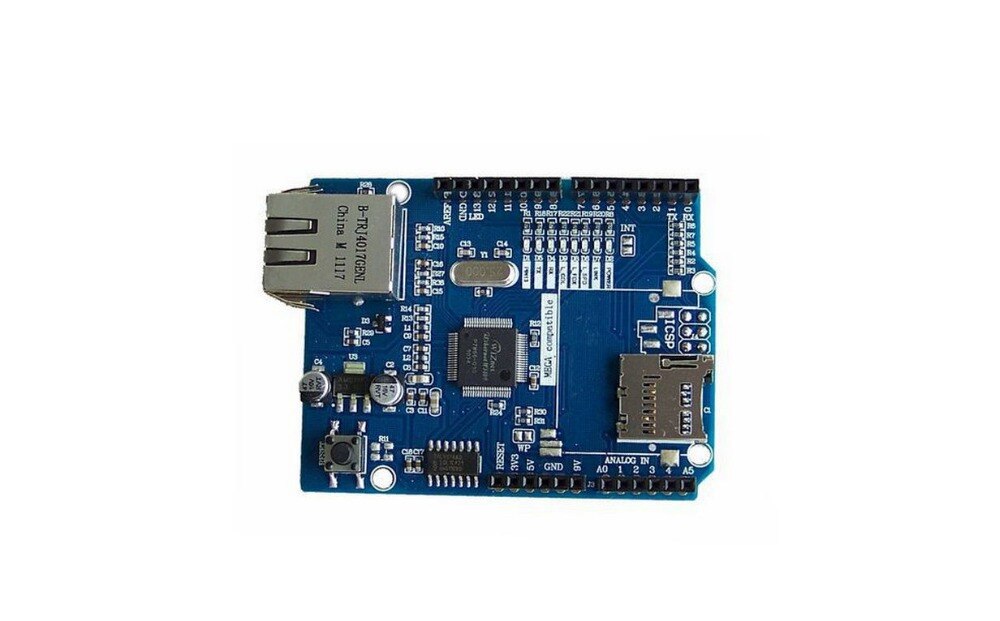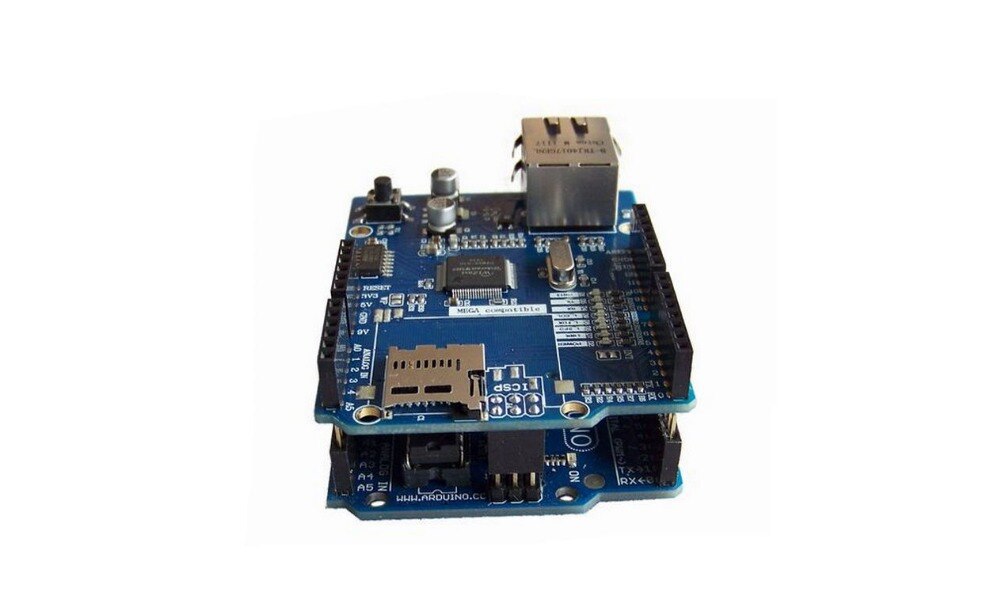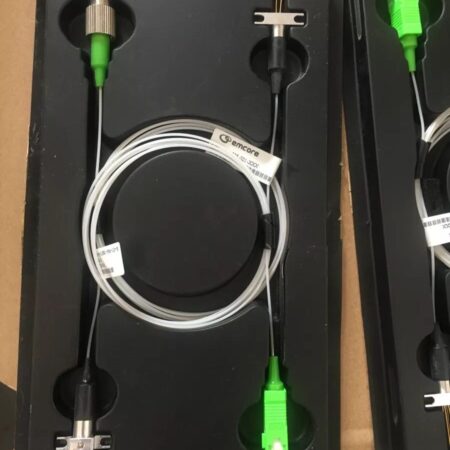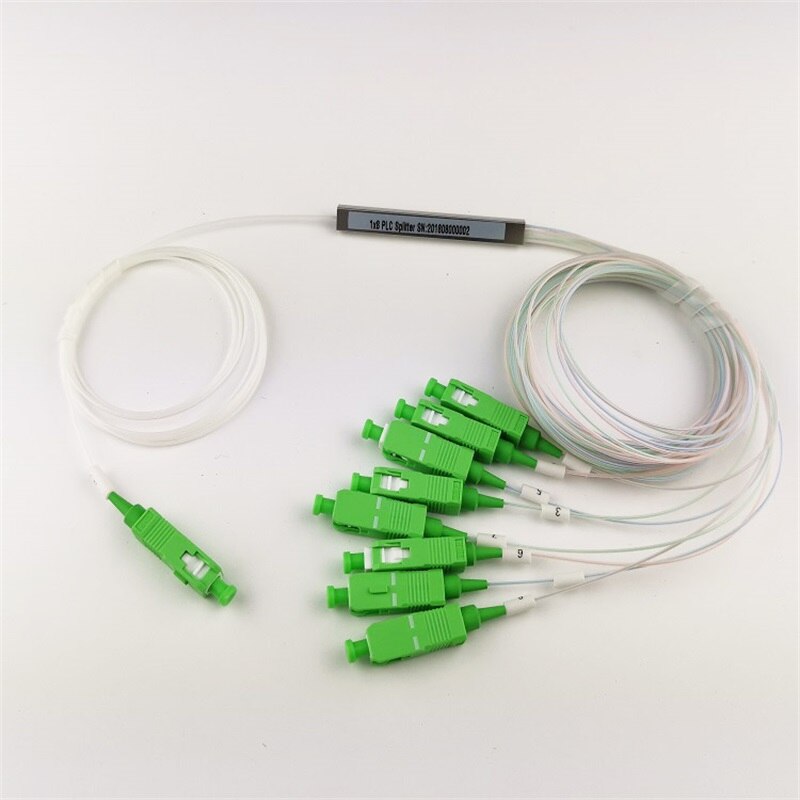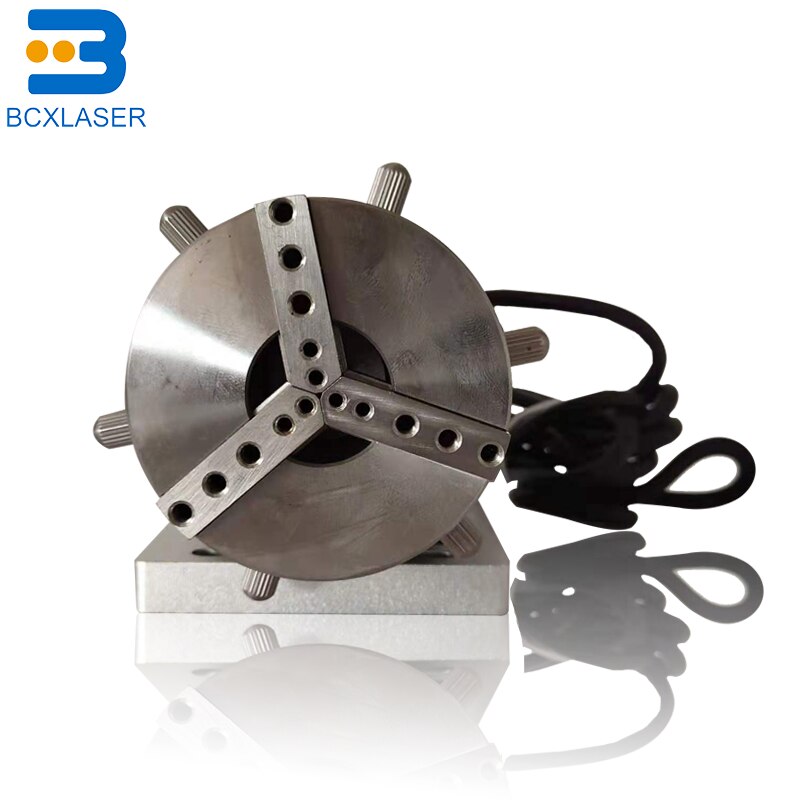Description
2.It is based on the Wiznet W5100ethernet chip (datasheet).
3.The Wiznet W5100 provides a network (IP) stack capable of both TCP and UDP.
4.It supports up to four simultaneous socket connections.
5.Use the Ethernet library to write sketches which connect to the internet using the shield.
6.The ethernet shield connects to an Arduino board using long wire-wrap headers which extend through the shield.
7.This keeps the pin layout intact and allows another shield to be stacked on top.
8.The shield contains a micro-SD card slot, which can be used to store files for serving over the network.
9.It is compatible with the Arduino Uno, Mega, and previous models. The SD card can be accessed using the SD library.
10.The shield also includes a reset controller, to ensure that the W5100 Ethernet module is properly reset on power-up.
11.Arduino communicates with both the W5100 and SD card using the SPI bus (through the ICSP header).
12.This is on digital pins 11, 12, and 13 on the Duemilanove and pins 50, 51, and 52 on the Mega.
13.On both boards, pin 10 is used to select the W5100 and pin 4 for the SD card.
These pins cannot be used for general i/o. On the Mega, the hardware SS pin, 53, is not used to select either the W5100 or the SD card, but it must be kept as an output or the SPI interface won’t work.
14.Note that because the W5100 and SD card share the SPI bus, only one can be active at a time.
15.If you are using both peripherals in your program, this should be taken care of by the corresponding libraries.
16.If you’re not using one of the peripherals in your program, however, you’ll need to explicitly deselect it. To do this with the SD card, set pin 4 as an output and write a high to it. For the W5100, set digital pin 10 as a high output.
1.The shield provides a standard RJ45 ethernet jack.
2.The reset button on the shield resets both the W5100 and the Arduino board.
3.The shield contains a number of informational LEDs:
PWR: indicates that the board and shield are powered
LINK: indicates the presence of a network link and flashes when the shield transmits or receives data
FULLD: indicates that the network connection is full duplex
100M: indicates the presence of a 100 Mb/s network connection (as opposed to 10 Mb/s)
RX: flashes when the shield receives data
TX: flashes when the shield sends data
COLL: flashes when network collisions are detected
4.The solder jumper marked “INT” can be connected to allow the Arduino board to receive interrupt-driven notification of events from the W5100, but this is not supported by the Ethernet library. The jumper connects the INT pin of the W5100 to digital pin 2 of the Arduino.
Package:
1* Ethernet Shield Module For Main Board

